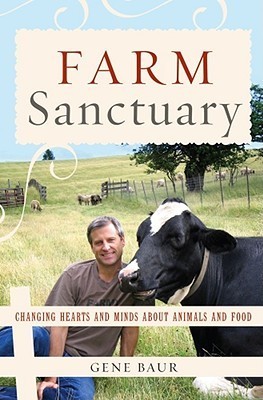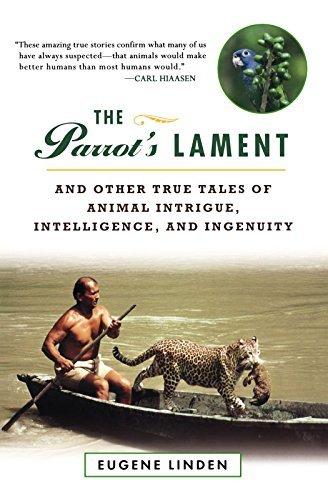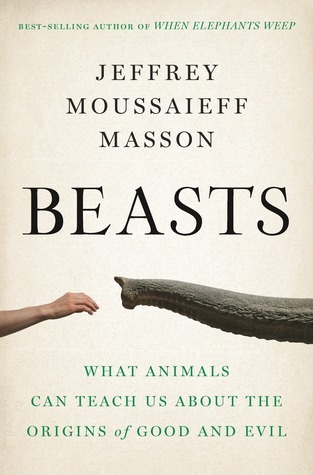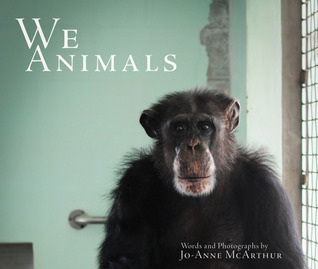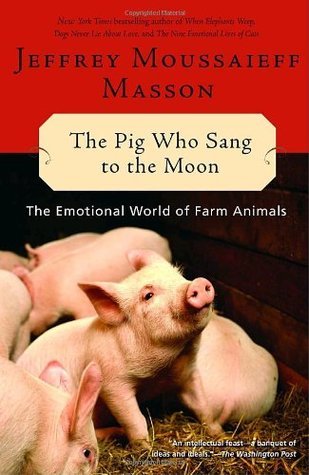
The Pig Who Sang to the Moon: The Emotional World of Farm Animals
Book Description
Imagine a world where every pig, cow, and chicken feels profound emotions, yearning for connection and understanding. In 'The Pig Who Sang to the Moon,' Jeffrey Moussaieff Masson unveils the rich inner lives of farm animals, challenging the long-held beliefs about their intelligence and feelings. Through captivating stories and poignant insights, this groundbreaking exploration reveals how these animals communicate love, joy, and sorrow. Their struggles mirror our own, forcing a reevaluation of compassion and respect in our relationship with them. What if the true essence of farm life isn’t just plowing fields but rather the silent songs of the heart?
Quick Book Summary
In "The Pig Who Sang to the Moon," Jeffrey Moussaieff Masson invites readers to reconsider the inner lives of farm animals. Drawing upon scientific studies, personal stories, and observations, Masson explores the emotional capacity and intelligence of animals like pigs, cows, sheep, chickens, and ducks. He reveals that these creatures possess complex feelings such as love, joy, fear, and grief, often forging profound connections with each other and even with humans. By challenging traditional beliefs that minimize animal sentience, Masson argues for greater compassion and ethical reflection regarding how we treat farm animals. His work calls for a reevaluation of our relationship with these creatures and advocates for more humane and empathetic approaches to farming and food consumption.
Summary of Key Ideas
Table of Contents
The Emotional Intelligence of Farm Animals
Masson begins by challenging the assumption that farm animals are simple, instinct-driven creatures without complex emotions. By blending scientific research with compelling anecdotes, he presents pigs, cows, sheep, chickens, and ducks as sentient beings capable of experiencing a broad range of emotions. Pigs, for example, demonstrate remarkable social intelligence and express both affection and sorrow, with stories of them singing or responding empathetically to each other's moods. Masson's firsthand experiences and supporting evidence show that animals are not just reactive beings but possess inner lives worthy of respect.
Communication and Social Bonds
Communication emerges as a recurring theme, as Masson describes the sophisticated ways farm animals interact. He illustrates how cows form deep maternal bonds, sheep recognize individual faces and voices, and chickens have intricate vocalizations for communicating warnings or affection. The focus on these animals' social structures and connections underscores their need for companionship and meaningful engagement, challenging the stereotype of emotionless livestock.
Suffering, Joy, and the Complexity of Animal Sentience
Masson details numerous examples of both suffering and joy, highlighting the emotional complexity of farm animals. He recounts stories of animals showing grief at the loss of loved ones and delight in pleasurable activities such as playing or exploring. These observations demonstrate that farm animals possess the capacity for feelings often associated only with humans or certain companion species. Masson argues that recognizing their emotional world compels a moral responsibility to address the pain inflicted by industrial farming practices.
Human-Animal Relationships and Ethical Reflection
Drawing poignant comparisons between human and animal emotional lives, Masson explores the ethical implications of our food choices. He scrutinizes the distance modern society places between consumers and the animals on their plates, urging greater empathy and ethical awareness. The author suggests that understanding farm animals as sentient beings should inform our treatment of them, calling for a compassionate reevaluation of farming and dietary traditions. He supports vegetarianism and veganism as logical outcomes of this ethical reflection.
The Case for Compassionate Farming Practices
Ultimately, Masson calls for a movement toward kinder, more empathetic relationships with farm animals. He highlights both small-scale farming initiatives and individual actions that promote animal welfare. His advocacy centers on the belief that honoring farm animals' emotional depth enriches human life and fulfills a moral imperative. He encourages readers to become advocates for animals, emphasizing that systematic change is possible when people acknowledge and respect the silent songs in the hearts of the creatures who share our world.
Download This Summary
Get a free PDF of this summary instantly — no email required.

